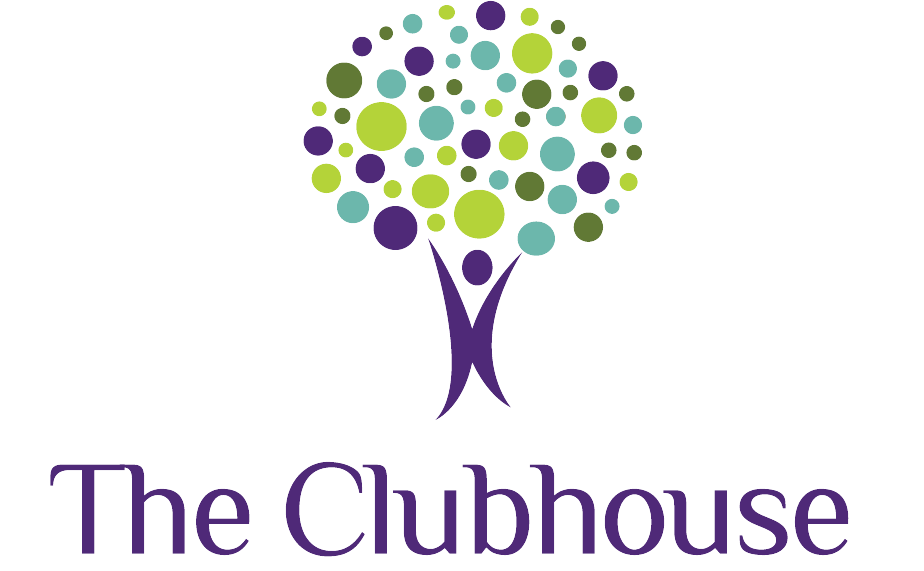Pediatric Physical Therapy- Common Q&A
What is a pediatric physical therapist (PT)?
A pediatric PT is a therapist who typically works with patients from birth to 18 years of age. Generally speaking, they specialize in helping young babies and children to move their body in order to access their needs and explore their environment. Pediatric PT’s help children to reach their highest functional potential! They usually focus on strength, range of motion/flexibility, posture, balance, coordination, stair negotiation, gait patterns, and sometimes, sport-specific or play skills, but the list goes on and on depending on the patient’s age, diagnosis, and functional level.
What does a PT session for babies look like? How do you motivate babies to complete exercises?
People often think of PT’s as sports/orthopedic therapists or rehab therapists for older individuals. In the pediatric world, especially when working with infants, things look a little different! A PT session with a baby will usually look like play, with some hard work mixed in. Babies receiving physical therapy often need assistance to learn how to roll, sit up, crawl, pull to stand, and walk independently. Pediatric PT’s find toys, games, songs, and people who best motivate the baby and use these as tools to help them reach their developmental milestones. For example, a therapist might use bubbles or a rattle that lights up in order to work on sitting balance and reaching with a young baby.
A large part of a baby’s success in PT comes from parent and caregiver education. Your PT will educate you on a variety of activities and modifications that can be carried out at home in order to help your baby meet their goals. In some cases, it helps to have your therapist educate daycare teachers, grandparents, siblings, aunts/uncles, etc. in order to incorporate these activities into their everyday life, depending on who helps care for your baby during the week.
Physical Therapy through Communication Clubhouse can be private in-clinic or can take place within your home. Early Intervention services are offered from birth to 3 years and typically take place within the child’s natural environment, such as the home or daycare center. Recently, due to COVID-19, sessions have started taking place via “live video visits”/telehealth. For questions on what a telehealth session looks like, feel free to reach out to us!
What does a PT session for an older, elementary-aged child look like in an outpatient clinic or school setting?
It depends! Typically, the sessions look like “play” again for the most part. If the child is older and can follow directions well, the session will be organized with exercises that target the child’s needs. For more sport-specific orthopedic conditions, resistance bands, weighted medicine balls, yoga balls, and free weights/ankle weights might be used for basic strength training, similar to those seen in an adult outpatient clinic. Many PT’s continue to incorporate games and fun therapy tools to help motivate your child. For example, a scooter board, soccer cones, playground ball, and beanbags are all examples of toys that can help facilitate strength and coordination during a PT session with a younger child. Every child is different, so every therapy session is just as unique!
Most PT sessions last for 60 minutes and include weekly home exercises for the family to follow. Therapists help the child work toward their functional goals, whether it be managing muscle tightness or spasticity, reducing pain and swelling after an ankle sprain, helping a child receive an assistive device (gait trainer, orthotics, etc.) to improve their independent mobility, improving endurance to keep up with peers in gym class, or helping a child learn to ride a bike. At Communication Clubhouse, you’ll find a ball pit, rock climbing wall, slides, and swings to help engage and motivate your child. We want to make therapy sessions fun so that your kiddo forgets how hard they are working!
Does my child need a diagnosis to receive PT?
No. Not all children who receive PT have a diagnosis from a pediatrician or other medical doctor. As listed above, typically developing children often receive PT short-term to manage and rehabilitate injuries or to work on developmental delays. Examples of common developmental delays include difficulty running, jumping, hopping or balancing on one foot, throwing/catching/kicking a ball, walking safely up and down the stairs, or riding a bike. Children can receive PT for general muscle weakness (hips, core, etc.), delayed balance skills, or concerns from parents that their child is not able to keep up with their siblings or peers.
On the other hand, there are a variety of common diagnoses that may warrant outpatient PT. Some examples include: Down Syndrome, neurologic conditions (Cerebral Palsy, Spinal Muscular Atrophy, Muscular Dystrophy, etc.), torticollis (head tilt) and plagiocephaly (a flat spot on your baby’s head), Autism Spectrum Disorder, Developmental Coordination Disorder, Idiopathic Toe Walking and other gait abnormalities, orthopedic conditions, hypotonia (low muscle tone), and general developmental delays as described earlier.
I understand what a pediatric PT does, but I’m still not sure if my child should get evaluated. How can I know if I should wait or schedule an evaluation now?
Not sure if your little one should be evaluated by a physical therapist? The Clubhouse offers free 15-minute screenings for infants and children- contact us to learn more about setting up a PT screening for your child in order to help determine the need for a formal evaluation!
Please click on the following links to access some helpful milestone/skills checklists offered by pathways.org:
https://pathways.org/all-ages/milestones/
https://pathways.org/all-ages/checklists/
Pathways.org is a valuable resource used by hundreds of universities, hospitals, and healthcare providers. The milestone checklists offered by the site are supported by American Academy of Pediatric findings (better than Google or Facebook!). If your child is behind on one or more of these items, a screening or evaluation can help to identify the cause. Your therapist can offer treatment techniques to help your child get back on track so they can play and explore as independently as possible!
By: Jessica Tarence, PT, DPT


